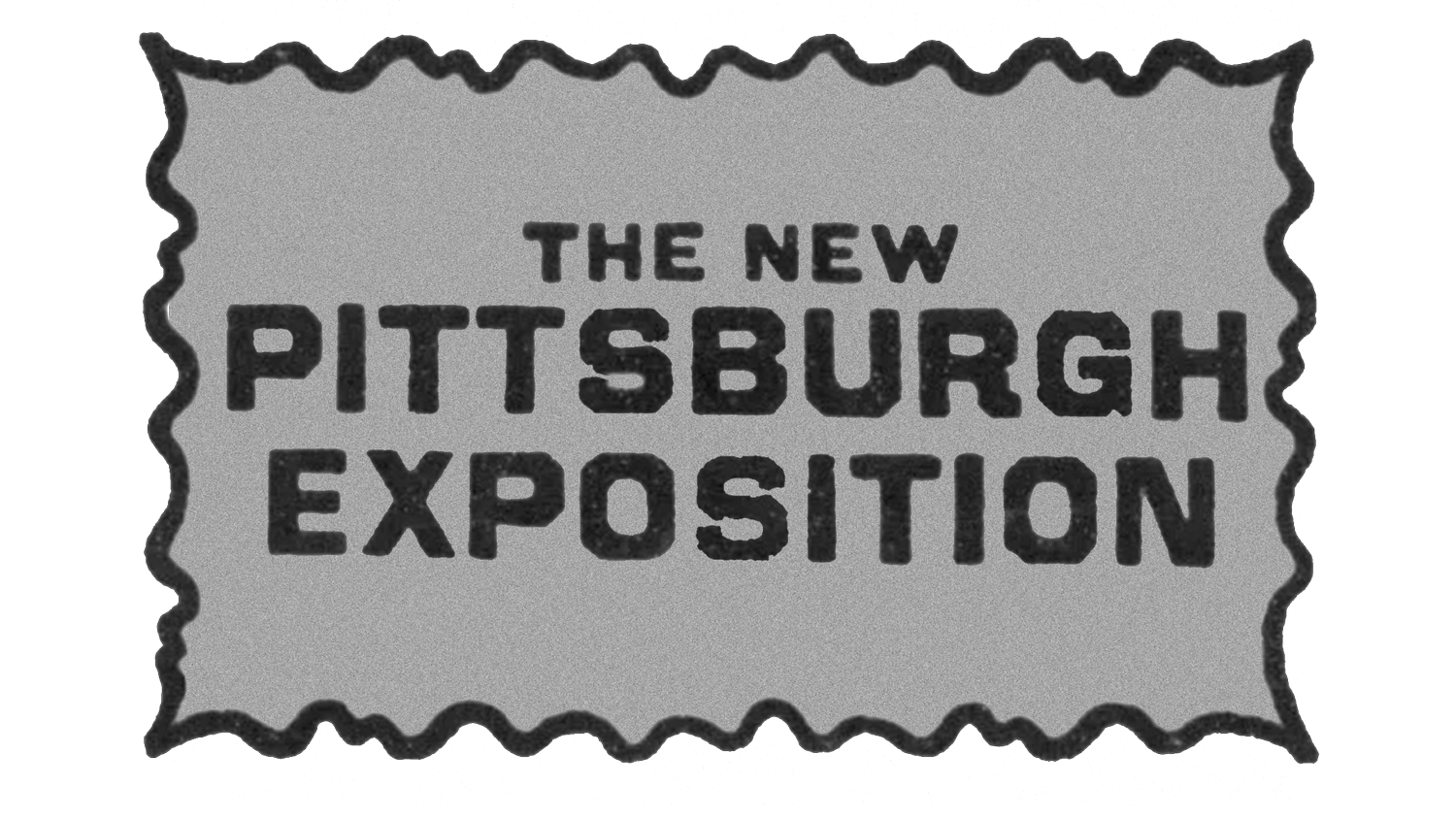West End Bridge
Courtesy of Brian Crawford
Location:
Description:
The West End Bridge, officially known as Allegheny County Bridge No. 3, is a striking steel tied-arch bridge spanning the Ohio River in Pittsburgh, Pennsylvania. Located about a mile downstream from the city’s famous Point, the bridge connects the West End neighborhood with the North Side and serves as a vital artery in Pittsburgh’s network of river crossings.
Construction began in 1930 during a period of ambitious public works initiatives aimed at improving the city’s infrastructure and traffic flow. Designed by engineers Frederick S. Richardson and Vernon Covell, the bridge was considered a bold structural achievement for its time. When it was completed in 1932, it featured the longest tied-arch span in the world at 780 feet. Built using high-strength silicon steel, its parabolic arch and clean, functional lines reflected both engineering ingenuity and a sensitivity to aesthetics.
The American Bridge Company constructed the superstructure, while the massive piers were set by the Foundation Company using concrete and granite. Upon its dedication in December 1932, the bridge was celebrated as a symbol of civic progress and modern design.
The full length of the bridge exceeded 1,200 feet, with the central arch flanked by approach spans made of Warren trusses. In 1990, several of the northern approach spans were removed and replaced to accommodate a new interchange with Ohio River Boulevard, updating the infrastructure while preserving the core historic span.
Recognized for both its engineering significance and visual elegance, the West End Bridge was listed on the National Register of Historic Places in 1979 and later designated a Pittsburgh History & Landmarks Foundation Historic Landmark. It continues to carry vehicular, pedestrian, and bicycle traffic, and serves as a dramatic frame for views of downtown Pittsburgh.
Today, the bridge remains an enduring symbol of early 20th-century innovation and civic pride. Ongoing urban revitalization efforts aim to integrate it more seamlessly into the city's expanding riverfront trail system, ensuring its continued role in Pittsburgh’s evolving urban landscape.

